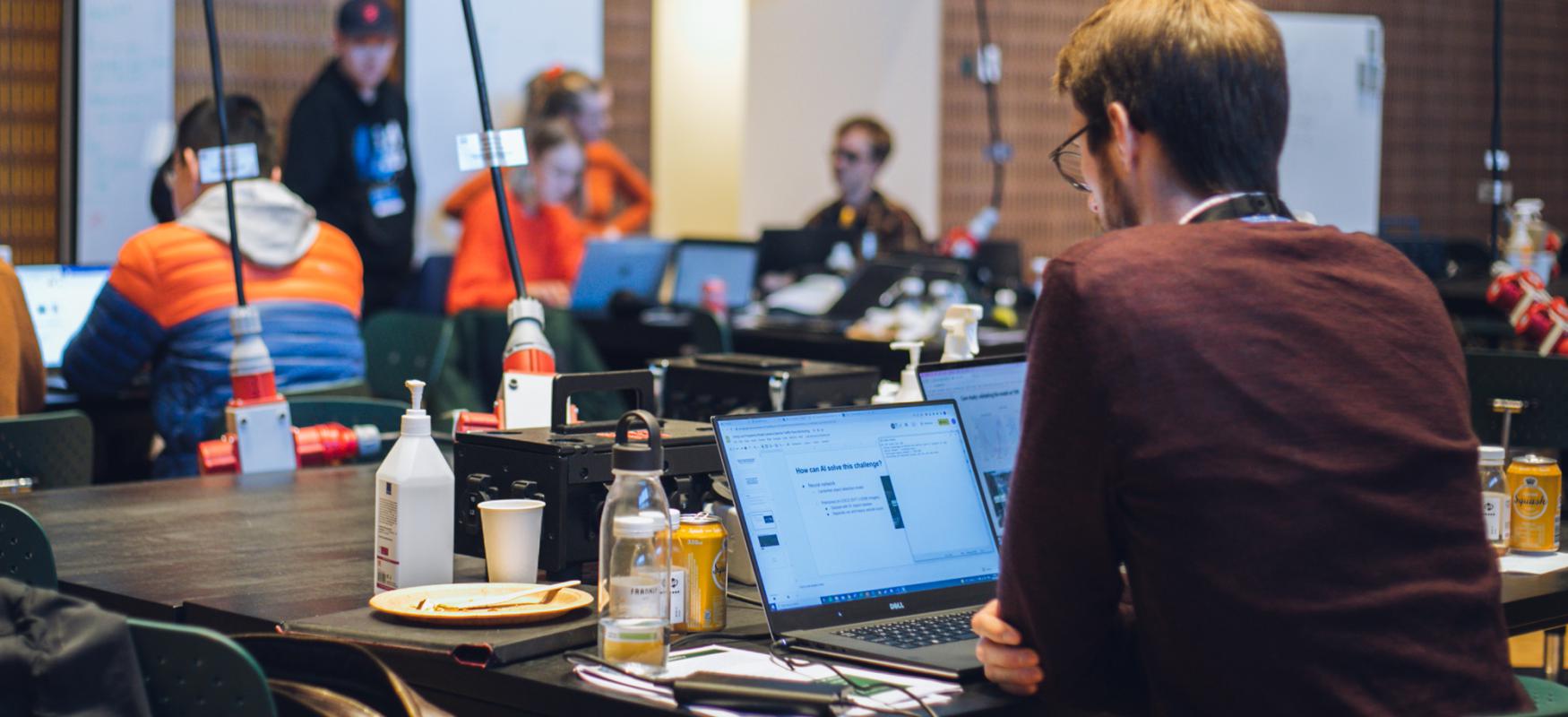Three Nordic locations – one hackathon
The main purpose of the hackathon was to showcase how public datasets can be used to the benefit of Nordic countries as well as to illustrate the barriers concerning the accessibility of public datasets in the Nordic countries. It was the first cross-Nordic hackathon, and it took place on 18 - 19 March in Copenhagen, Stockholm and online with more than 140 participants.
“The Nordics have the prerequisites to become a leading region in digitalization, ethical AI and responsible use of open data. With our long history of collecting data resulting in the world’s oldest statistical databases, we have a unique possibility of connecting the public sector and brilliant minds with innovative solutions, to create a more integrated, livable and greener society”
Olivia Rekman, Innovation Advisor at Nordic Innovation.
Hacking cross-Nordic high-value datasets
Participants had the opportunity to work on challenges related to freight transport, traffic flows, green transportation, and road safety and they were given access to open public data on road camera, weather, traffic events, roadworks, and air quality. More than 15 data sources were utilized on more than 15 solutions, all addressing the different challenges.
“Nordic Innovation wanted to showcase what public data sets are out there, however, this has also been an opportunity for the reversed: to highlight and illustrate for policy makers, data owners and publishers, what type of solutions are possible if access is provided".
Anna-Maija Sunnanmark, Senior Innovation Advisor at Nordic Innovation
Higher degree of data accessibility and Nordic coherence
Based on experiences and learnings from the hackathon, the report summarizes a range of recommendations to ensure the best utilization of public data across the Nordic countries.
The report highlights:
- The need for improved accessibility to open public data
- The need for a coherent and transparent Nordic data structure
The hackathon unveiled, that access to public data may be restricted for users without national ID or national login. At the same time, there is a significant variation in data structure, format and variables within the different Nordic countries which complicates the process of mapping the data and creating a Nordic overview.
“With this report, we wanted to show what cross-Nordic cooperation can do when it comes to addressing some of the barriers in regard to value realization of Nordic datasets”.
Olivia Rekman, Advisor at Nordic Innovation





